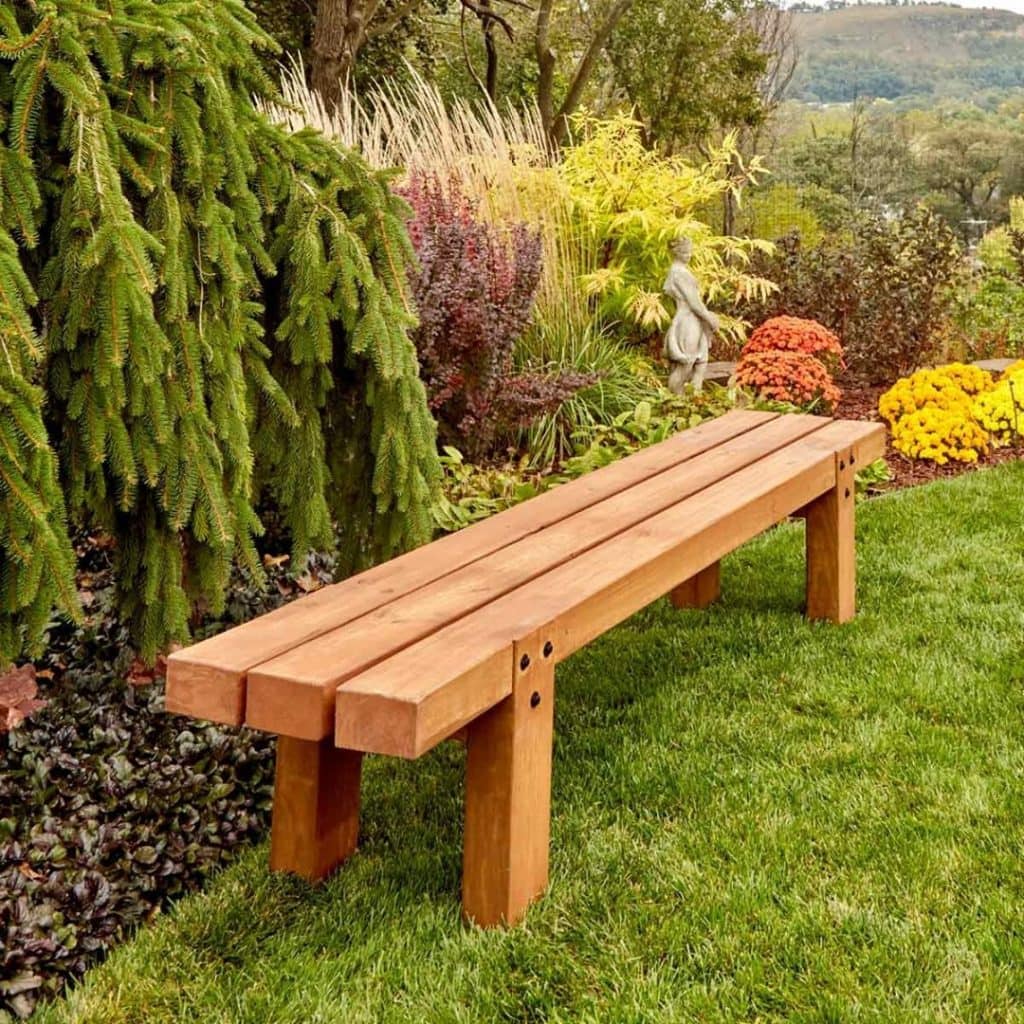How to Make Outdoor Benches with a Modular Design for Customization

Build Your Dream Outdoor Bench: A Guide to Modular Design
Imagine a world where your outdoor bench isn't just a piece of furniture, but a reflection of your personal style. You can choose the length, the materials, the colors, and even the back style â€" all without needing a carpentry degree. Welcome to the exciting world of modular outdoor benches, where customization is key!
The Beauty of Modular Design
Modular design is all about creating a system of individual components that can be easily assembled and reconfigured. In the case of outdoor benches, this means using standardized pieces â€" like seat boards, legs, and backrests â€" that can be combined to create a variety of bench styles. This approach offers several advantages:
- Flexibility: Design a bench as long or short as you need, with or without a back, and choose the materials and colors that suit your outdoor space.
- Customization: Mix and match components to create unique designs. Want a bench with curved backrests? No problem! Prefer a rustic look with weathered wood? You got it!
- Easy Assembly: Modular benches are designed for quick and simple assembly, often requiring no specialized tools.
- Scalability: Add more components as your needs change. Need a longer bench for larger gatherings? Just add another seat board!
Building Your Modular Bench: A Step-by-Step Guide
Now let's dive into the exciting process of building your own modular outdoor bench! This guide provides a general framework, and you can always adapt it based on your specific preferences and materials.
Step 1: Choose Your Materials
The beauty of modular design is that you have a wide range of materials to work with. Here are some popular options:
- Wood: Classic, versatile, and readily available. Choose from redwood, cedar, pine, or even reclaimed wood for a unique touch.
- Metal: Durable and modern, metal offers a range of styles, from sleek aluminum to rustic iron.
- Composite: Low-maintenance and weather-resistant, composite materials provide a blend of durability and aesthetics.
Step 2: Design Your Bench
Before you start building, sketch out your vision. Consider the following:
- Length: How many people will your bench accommodate?
- Width: Standard seat board widths range from 10-12 inches, providing comfortable seating.
- Height: Aim for a comfortable seating height, typically around 17-19 inches.
- Backrest: Decide whether you want a back and if so, what style (straight, curved, etc.).
Step 3: Create the Components
This is where the magic happens! You'll be creating the basic building blocks of your bench.
- Seat Boards: Cut your chosen wood (or other material) to your desired length and width.
- Legs: Cut your chosen wood (or metal) to the desired height. Consider adding a slight angle for stability.
- Backrest: Cut your chosen wood (or other material) to create the back shape.
Step 4: Assemble Your Bench
Now it's time to bring your components together!
- Connect the Legs: Depending on your design, you can use wood screws, metal brackets, or other fasteners to attach the legs to the seat boards.
- Add the Backrest: Attach the backrest to the seat boards using your chosen method.
- Finish: Sand, stain, or paint your bench to achieve your desired look.
Endless Customization: Mix and Match Your Way!
Once you have the basic components, the world is your oyster! Here are some ideas to personalize your modular bench:
- Mix Materials: Combine wood and metal for a unique blend of rustic and modern.
- Experiment with Colors: Use vibrant paints or stains to match your outdoor decor.
- Add Storage: Build shelves or compartments underneath the seat for additional storage.
- Incorporate Cushions: Add plush cushions for extra comfort and style.
Building a modular outdoor bench is a rewarding experience that allows you to unleash your creativity. It's a project that can be customized to perfectly fit your needs and style, making it an invaluable addition to any outdoor space.
Post a Comment for "How to Make Outdoor Benches with a Modular Design for Customization"